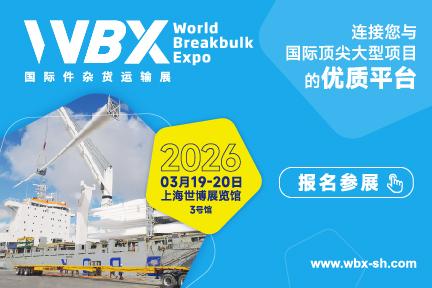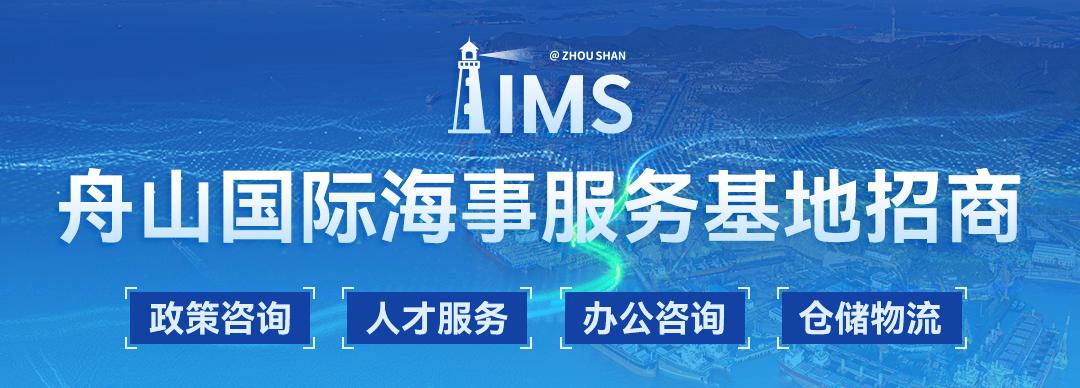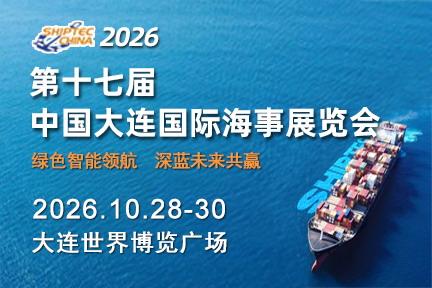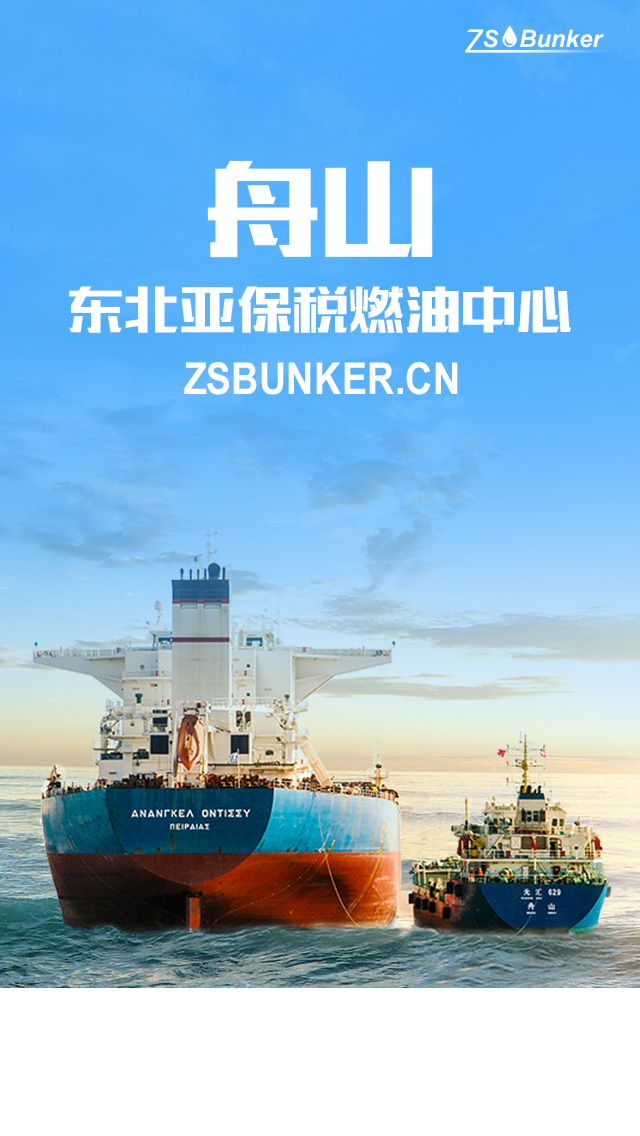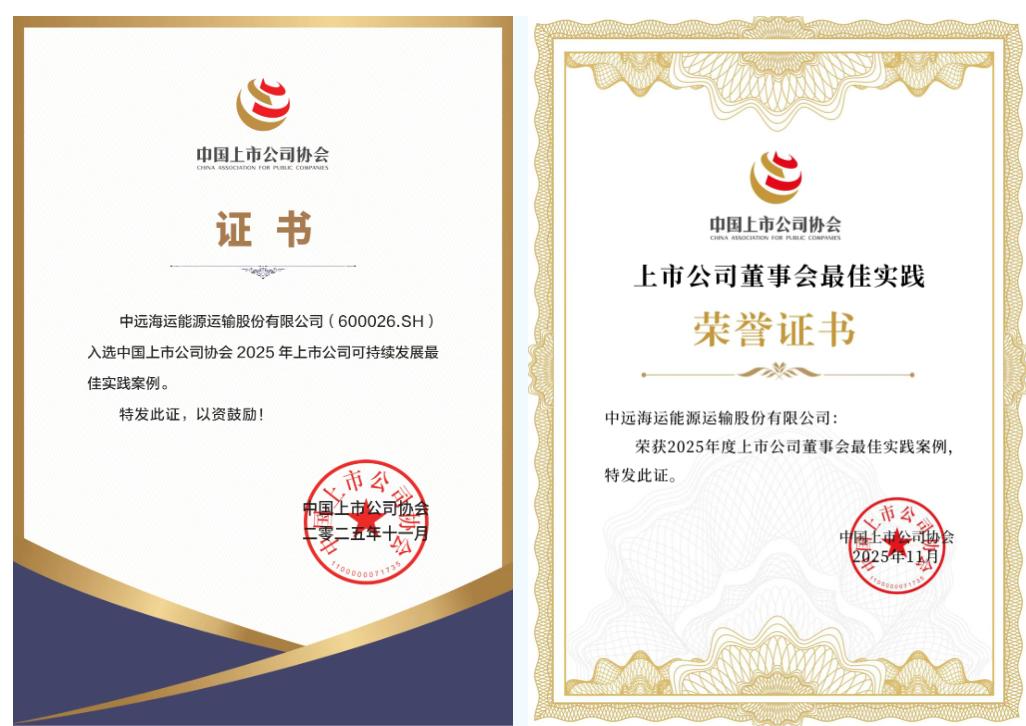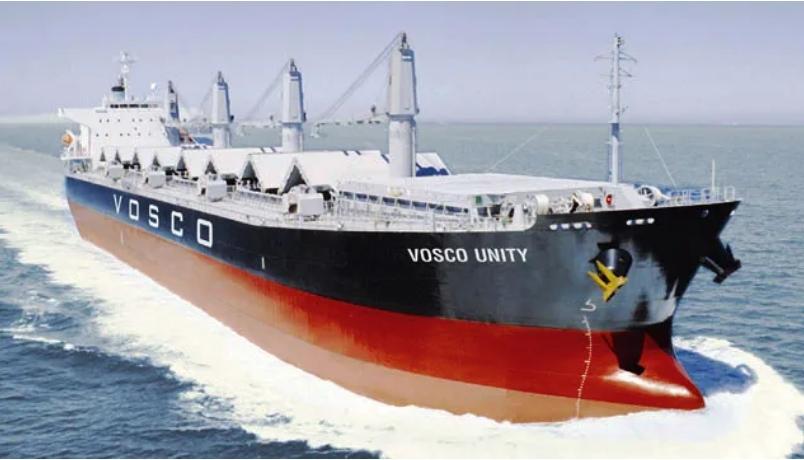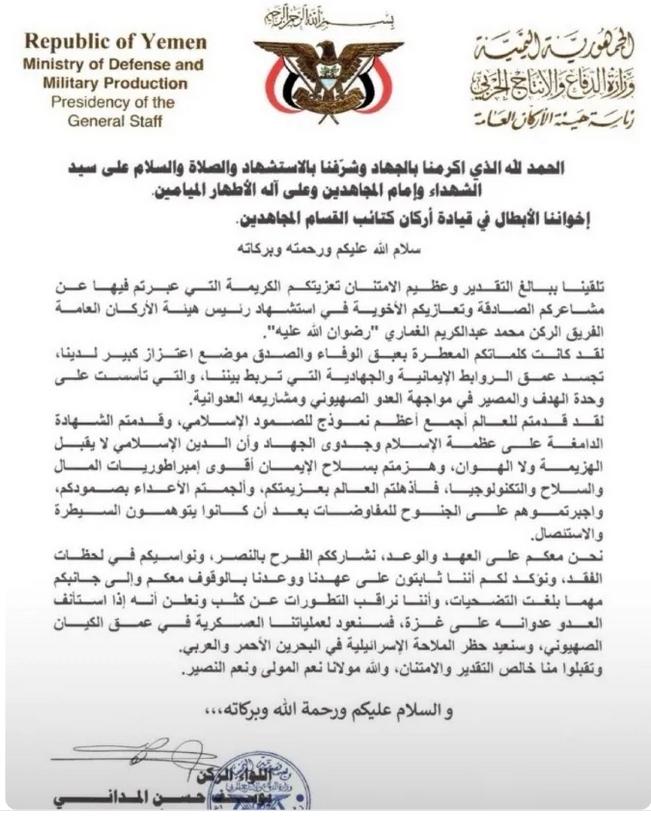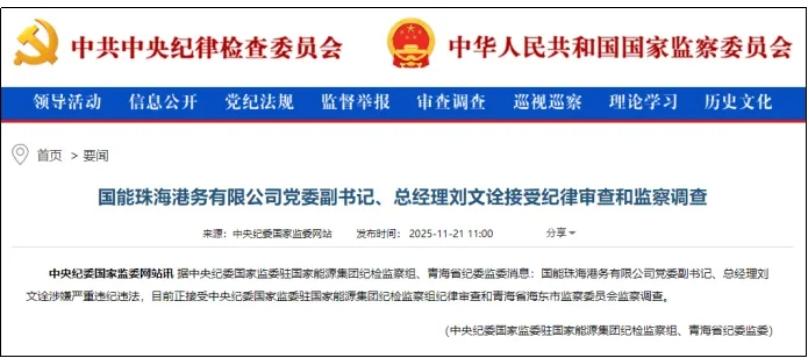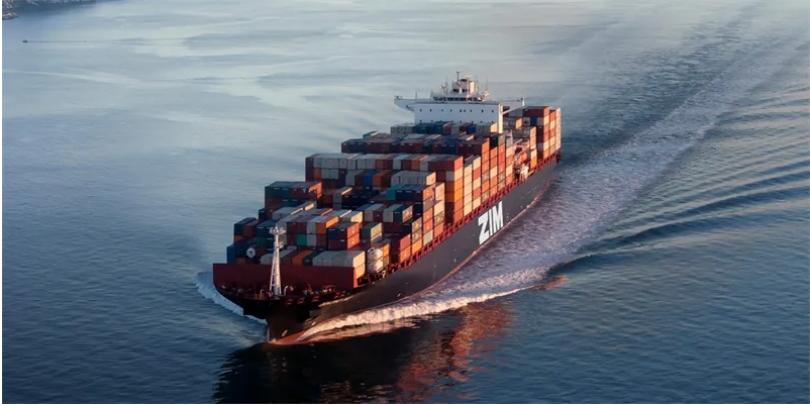【摘要】航运实务中,经常碰到船舶在锚地起不了锚的情况,本文尝试通过对案例的分析,来解释说明一下,如果是因为港口海底底质或固有的障碍物等问题导致了船舶收不起锚,不能安全离开的情况,则这个港口对该船而言是不安全的。
【关键词】海底底质、安全港口、异常情况、离开
在现实情况中,我们很多船长甚至船东在碰到船舶在锚地走锚,或者起不了锚的时候,基本上都是在找自己的问题,是不是锚抛得不好,或者怀疑船上海图没有更新导致自己船的锚链被不明障碍物缠绕;或者在航道中搁浅了,船长往往都第一时间感觉闯祸了,很少会去想这个港口,锚地到底对本船来说是不是安全的。船东在很多时候也都自认倒霉,很少去找租家索赔。
关于安全港口的权威定义,可以参法官Sellers在The Eastern City [1958] 2 Lloyd’s Rep 127 atpage 131:
A port will not be safe unless, in the relevant period oftime, the particular ship can reach it, use it and return from it without, inthe absence of some abnormal occurrence, being exposed to danger which cannotbe avoided by good navigation and seamanship.
即,如果没有异常情况发生,虽然有良好的船舶驾驶技术仍不能安全地驶入、挂靠及离开一个港口,则这个港口是不安全的。
这种和天气、自然灾害、政治方面的因素造成的港口不安全不一样,这些需考虑到这些导致港口不安全的到底是不是异常情况。因航道水深不足,锚地有障碍物,或者安全旋回圈不足等等由于港口本身的问题导致的不安全,只要是凭良好船艺不能安全驶入、挂靠及离开,则这个港口就是不安全的。
现以F轮在直布罗陀加油期间,收不起锚导致最终弃锚的案例来简要分析一下,这种情况是否能说直布罗陀港是不安全港口,从而船东可以因为租家违反租约中安全港口的保证,找租家索赔损失。
F轮执行一个TCT航次,租家中途安排到Gibraltar加油。10月10日该轮结束海上航行并于0255抵达引航站上引水,0312抛锚,8节锚链入水,0320引水离船。加完油后,在交管中心通知船舶可以起锚离港,1924发现锚起不来,怀疑被海底不明障碍物缠绕。船方无论如何都没有办法摆脱障碍物,最终迫不得已,11日1500船方决定弃锚离港。船东随后委托供应商,买了一个新锚,运到卸港给船安上。前后涉及到停租从10日1924到11日1500,0.817天的租金约9,300USD;船东委托代理,买锚及锚链,运输、安装等等的费用约58,400USD。
很显然,该轮无法离开Gibraltar,直接违反了安全港口中的returnfrom it,因此Gibraltar港对于该轮而言是不安全港口。由于租家违反了合同中关于安全港口的保证,因此船东可以找租家索赔所有费用;同时这些时间耽误事由于租家因自己违约造成的,租家不可以停租。
在众多现成的判例面前,已经有既定的法律,我们没有必要再去解释到底什么才算是安全港口,只需要看针对特定的情况,这些特定的安全保证有没有被违反。
如法官Roskill 在The Hermine案中说的:
…It is now quite unnecessary, in these unsafeport or unsafe berth cases, to refer back to the multitude of earlierdecisions…There is the law clearly stated. What has to be determined by thetribunal of fact in each case is whether, on the particular facts, theparticular warranty of safety has or has not been broken.
先来看看几个案例,再来具体分析Gibraltar锚地对于该轮而言是不是安全的。
一、Transoceanic Petroleum Carriers v Cook Industries Inc. ( The Mary Lou )
在该案中,租家安排船舶到新奥尔良区域的Reserve装粮,在2月19到22日共装货33,000吨,在补充燃油后,离港吃水为33' 9'',当局公布的最大推荐开航吃水为34',但最终船舶在SW Pass那搁浅。法官认为没有证据显示船长和引航员在航行方面存在过失,鉴于1973,1974年连续的洪水可能导致河道淤泥增多吃水变浅;虽然出事地点在Reserve港的港外,但同时考虑到SW Pass及密西西比河乃通往Reserve的必经之路,不应该分开考虑。最终判Reserve港对于Mary Lou该轮而言不是安全港口,租家违反了安全港口保证。
The Arbitrators upheldthe owner’s claim for damages. They concluded that there was no sufficientbasis on the facts for finding the master or pilot negligent in relation to thegrounding of the vessel. They found that the succession of the 1973 and early1974 floods gave rise to severe shoaling in the river and held that the port ofReserve was unsafe for the Mary Louand that the charterers were in breach of the safe port warranty contained inthe charter-party.
The charterers proceededto the Commercial Courton a Special Case and on a Notice of Motion requesting the Arbitrators to findfurther facts.
Mr. Justice Mustillgiving judgment on April 9 held that the arbitrators’ award should stand anddismissed the Notice of Motion. In addition to upholding the arbitrators’conclusion that Reserve was unsafe the Judge dealt with various relevant issuesof law. (1) Test of safety. The Judge said that the judgment in the Eastern City(especially that of Sellers L.J.) and in the Hermine (especially that of Roskill L.J.) were binding on theCourt and that it was unnecessary to go back to earlier decisions. It was clearthat most unsafe port cases now turned on questions of fact and where the issuewas not immediately resolved by reference to the facts any new point must fallwithin the principles of Lord Justice Sellers’ judgment.
(2) Time of breach.Reviewing the authorities the Judge held that this was a question to be judgedat the time of using the port and not solely at the time of giving the order togo to that port. He did not feel it necessary in the case to decide if therewere two breaches or a single continuous breach.
(3) Abnormal hazards. It was notalways the case that damages would be awarded to the owner if a ship went to aport and suffered damage. The choice of a port does not involve the choice ofan unexpected event unless that is an attribute or characteristic of the port.
(4) Temporary hazards. A temporary hazard which is an attribute of the portcould lead to that port being unsafe.
(5) Careful navigation. The Judgeindicated that this was a question of fact and the conduct of the master mustbe considered. If he deliberately ignores a known risk or exercises no propercare the chain of causation might be broken.
(6) Geographical limits. If theposition of the problem is outside the port and there is no alternative meansof access there would be no ground for a distinction between the lack of safetyinside the port and outside the port. The principle of the vessel being able toreach the port and return from it without being exposed to undue risk must beapplied to both situations.
(7) Reasonable vicinity.
The Judge found thatthere was no authority for the proposition that the location of the problemmakes any difference.
Applying the aboveprinciples to the grounding of the MaryLou , the Judge found that the port was unsafe. The Arbitrators may havefound that it was possible to avoid the risk but they have also found that theport was not safe. The Arbitrators have not misdirected themselves and thedecision was wholly consistent. The system at New Orleans failed not in a transient mannernor in a manner which was wholly exceptional nor wholly unpredictable.
The Notice of Motion wasalso rejected.
这个也是非常典型的,船舶不能安全离开的情况下判港口不安全案例,纵然出事地点远在港界的百里之外。
关于这个必经之路,在之前的文中也有提到,30万吨船满载的时候去鲅鱼圈卸,辽东湾浅滩那也是必经之路,如果船舶无论如何都不能安全通过的话,这鲅鱼圈港对该船而言就不是安全港口。鉴于合同安全港口条款里加上了free of risks,因此不管任何原因(船东方面的除外),导致船舶不能顺利抵达鲅鱼圈港口,都直接导致租家违反安全港口保证,尽管辽东湾浅滩也不在鲅鱼圈港界内。
二、The Eastern City案
在Eastern City案中,租家安排该轮到摩洛哥的Mogador港装货,船于12月26抵达锚地抛锚,2天后,由于天气恶化,船长担心走锚,于是决定起锚离开锚地到海上去。但船舶被强力狂风所困导致最终撞到礁石上,船体破损。
法院认为,Mogador是不安全港口,因为该港口在冬天的时候,会不定时遭受偏南狂风的影响,不可靠(糟糕的)海底底质及受限的锚地等会造成船舶走锚。租家违反了合同“oneor two safe ports in Morocco”的安全港口保证,需对给船东造成的损失负赔偿责任。
It was held by the Court of Appeal that the port wasunsafe because, during the winter, it was exposed to sudden southerly galeswhich could not be predicted and which were liable to cause the ship to dragher anchors in the unreliable holding ground of the restricted anchorage area.
法官Pearson 在该案中说,在某种特定即将发生的天气情况下,可能船舶不得不离开港口以策安全,这个港口也可以认为是安全的。但是必须合理保证这种危急的天气状况必须可以及时预知并且船舶可以安全离开港口,否则港口是不安全的。
Pearson J said at page 172:
Be itsupposed that a port can be safe for a ship even though the ship may have toleave it when certain weather conditions are imminent, nevertheless such a portis not safe for the ship unless there is reasonable assurance that theimminence of such weather conditions will be recongnised in time and that theship will be able to leave the port safely.
这类由于港口本身的性质,如果锚地的海底底质不好,可能是珊瑚礁石之类的底质,那么锚的抓力就有问题,非常容易造成走锚,或者导致锚收不起来的安全问题。
三、The Khian Sea [1979] 1 Lloyd’sRep.545
租家安排该轮靠泊Valparaiso,该泊位在防波堤外。由于受到恶劣天气的影响,船长被要求将船舶移到海上去,虽然引水喝拖轮都及时到达,但是由于有别的两条船在附件抛锚,该轮直到那两条船离开锚地才可以从泊位离开,最终导致损坏,法官Donaldson和上诉庭一致认为港口必须有充分的防范措施来保证船舶在遇到坏天气的时候,船舶能立即离开,并且必须随时有足够的水域空间以供船舶能够安全操纵;因此该泊位是不安全的。
Donaldson J and theCourt of Appeal held that the charterers were liable for the damage to theship, the berth was unsafe in that there was no system to ensure that shipsneeding to leave it hurriedly upon the onset of bad weather would have adequatesea room in which to do so.
Lord Denning said atpage 547:
…the followingrequirements must be satisfied when a vessel has to leave its berth. First,there must be adequate weather forecasting system. Secondly, there must beadequate availability of pilots and tugs. Thirdly, there must be adequatesearoom to manoeuvre. And, fourthly, there must be an adequate system forensuring that the searoom and room for manoeuvre is always available.
四、Re Goodbody and Bvalfour, Willamson(1899) 5 Com. Cas.59:及 Limerick v. Stott (1920) 5 Ll.L.Rep. 190案
在这两个案例中,都是由于途中有空高限制,导致船舶不能安全通过,需要拆卸大桅才能通过,港口不安全。
参Re Goodbody and Bvalfour, Willamson(1899) 5 Com. Cas.59:
TheVanduara was time charterered for the period of a voyage to a safe port in theUnited Kingdom.It was held by the Court of Appeal that Manchester was an unsafe port theVanduara because she could not reach Manchester without passing Runcorn Bridge(24 miles from the port) and to do that she would have to dismantle her masts.
卸完后离开的情况也一样,参Limerick v. Stott (1920)5 Ll.L.Rep. 19:
The Innisboffin in laden condition reached the port of Manchester by the Ship Canal withoutdifficulty. But after discharging she could not clear the canal bridges on heroutward passage owing to her decreased draught. It was held that Manchester was, for her,an unsafe port.
很多时候,船东和船长会认为,因为自己船的空高问题,导致不能安全通过,问题在自己这边;很少会去找租家说,因为你们安排的港口,途中有空高限制,导致我们船不能安全通过,所以你们租家安排的港口不安全。
五、The Marinicki[2003] 2 Lloyd’s Rep.655.
在该案中,船舶在航道中被不明障碍物拖拽导致损坏。法官认为港口没有有效的系统去监控航道安全及报告危险物,因此港口不安全。
The port lacked aproper system for monitoring the safety of the channel and reporting hazardsaccordingly.
又如《Time charter》的如下解释,一个港口如果没有适当有效的系统去监控航道安全,对于水下可能存在的危险没有相应的航行警告,则港口是不安全的。
A port may be unsafe because it lacks a proper system to monitor the safetyof channels leading to and from it and to warn traffic of such underwaterdangers as may exit.
However, the port will not be safe unless the information available tovisiting master and the systems in place at the port are such that ordinarygood seamanship by the master should be sufficient to keep the ship safe. Forexample, in Smith v. Dart, if there had been no system in place at the portrequiring ships to maintain a state of immediate readiness to put to sea andthe need for such readiness would not have been manifest to an ordinarilycompetent master, the result should have been different. Nowadays, in an agewhen the information available about the physical and meteorologicalcharacteristics of ports is substantial, the focus of unsafe port arbitrationsis very often on the system in place for dealing with known physical risks, asmuch as or rather that on the physical risks themselves.
六、TheLivanita [2008] 1 Lloyd’sRep. 86. 案
在该案中,船舶执行一个TCT航次,租约约定one time charter trip via St Petersburg,Baltic/Conti to the far east with duration 60/70 days without guarantee,在离开St Petersburg的时候,受冰情影响,船壳遭受损坏。船东以港口不安全为由找租家索赔,租家说装港没有安全港口的保证。法官认为,就算装港没有安全保证,但在租约中关于航行区域里有规定tradingto be worldwide between safe ports, safe berths and safe anchorages and places,always afloat,因此租家仍得为港口安全负责,驳回租家上诉。
The Livanita was chartered on the New YorkProduce form for “one time charter trip via St Petersburg, Baltic/Conti to the far eastwith duration 60/70 days without guarantee”. The ship’s hull was damaged by icewhile in convoy outbound from St Petersburg having loaded there under the charter. Line29 (trading exclusions) cross-referred to a Clause 67, which provided “tradingto be worldwide between safe ports, safe berths and safe anchorages and places,always afloat, …”. Arbitrators found that St Petersburg had been unsafe for the ship and gave theowners damages for breach by the charterers of their safe port undertaking. Onappeal the charterers argued that there was no undertaking as to the safety of St Petersburg.
Langley, J., dismissed the appeal. Therewas no inherent inconsistency between a safe port undertaking and the naming ofa loading or discharging port. The latter limited the charterers’ choices as tothe employment of the ship but not the unqualified promise that she would betraded only between safe ports. The charterers also sought to argue that therewas no undertaking as to safety if the owners knew or should reasonably haveknown of the unsafety of St Petersburgat the date of the charter. Since they had not advanced the necessary factualcase before the arbitrators, let alone obtained the necessary findings of fact,they were not allowed to advance that argument on appeal. It is suggested theargument was, in any event, unsound – knowledge (actual or constructive) ofunsafety is not inconsistent with the charterers having undertaken responsibilityand thus liability should damage arise. See paragraph 10.4,above on the distinction between risk and actual harm.
在 The Helen Miller [1980] 2 Lloyd’s Rep. 95案中,法官认为船东同意租家去航行区域除外地区,但这并不代表减少租家的责任,租家仍得保证所去的港口必须是安全的。
The New York Produce form charter forthe Helen Miller containedan additional clause defining the trading limits as being “between safe portswithin Institute Warranty Limits including St. Lawrence up to and includingMontreal, but excluding Cuba… Guinea, and all unsafe ports, but Charterers havethe liberty of breaking limits, they paying extra insurance, if any, …”. Thecharterers ordered the ship to ports outside the Institute Warranty Limits andshe suffered ice damage on voyages to these ports, which were found to havebeen unsafe at the relevant time. Mustill, J., held that the charterers wereliable for this damage: the owners had given general consent to trading outsidethe Limits but this did not detract from the charterers’ duty to select portswhich were safe, and this was not affected by the charterers’ payment of extrainsurance premium: “by paying the premium the charterer does obtain a benefit –the benefit of being able to send the ship on a voyage which the owner wouldnot otherwise allow her to perform. But this is not at all the same as sayingthat the charterer thereby obtains the right to send her on such a voyage risk-free.”
现在回到文中的F轮案,笔者尝试做如下分析来解释直布罗陀港对于F轮而言到底是不是安全港口问题。
1. 租约中并没有列明Gibraltar,租家是否需要对港口安全负责
参合同cleanrecap 5.Period 如下:
PERIOD
FOR A TCTRIP VIA PLATE TO SKAW/FULL SPAIN RNGE WITH GRAIN OR GRAIN PRODUCTS IN BULKEXCL SUNFLOWERSEED OR SUNFLOWERSEED EXPELLER AND CGO TOBE LOAD/STOW ACDG TOLATEST IMO REGULATIONS
TRADINGALWAYS VIA SPS SBS SAS ALWAYS AFLOAT , EXCEPT NAABSA AS PER NYPE CL 6 FORARGENTINA,BRASIL ONLY ALWAYS WI IWL
DUR ABT 35 -40 DAYS WOG
及合同第43条:
Clause43 TRADING EXCLUSIONS
A. Trading worldwide between safeanchorages, safe berths, safe ports and places, always safely afloat, alwaysaccessible, always within I.W.L., always within war risk trading warranties andexcluding war and warlike zones (including but not limited to JWC Listed Areas)where extra / additional war risk premium to apply and charged by vessel's hullunderwriters from time to time and countries which from time to time may beexcluded by governing authority of the vessel's flag.
很明显,租家得保证港口,泊位,锚地是安全的。参前面TheLivanita [2008] 1 Lloyd’s Rep. 86.的判例,租家得为直布罗陀港的安全性负责。
2. 引水及船员是否存在过失?船舶锚机设备是否有故障?
引水和船长都有相应的资历及进出港,抛锚经验,抛锚位置也是习惯性加油锚地位置,没有证据显示引水及船长大副在锚位位置,抛锚时机选择存在过失。
如下图所示,考虑到边上有沉船(容易导致锚被卡住)及水深(太深容易导致丢锚)等问题,引水选择的锚位位置并不不当;何况引水也是租家安排的。

此外,船舶锚机工作正常,未出现异常。船员们也曾采取多种手段,收放锚链,采用动车等手段,试图能收起锚,但最终都失败,不得已最终弃锚。
另参KristiandsandsTankrederi v. Standard Tankers (Bahamas) (The Polyglory) [1977] 2 Lloyd’s Rep. 353.一案,法官认为纵然海底电缆是由于引水疏忽造成的,但对引水及船员不应该有过高要求,高于普通正常的船艺技能,在这个事件中并没有破坏这个不安全港口的链条,主因还是由于这个港口不安全导致的,租家还是得为港口不安全负责。
The tanker Polyglory, while employed under time charter, was ordered toPort La Nouvelle. While taking on ballast the master and the compulsory pilotdecided to leave the berth because of increasing wind forces. In leaving,difficulties were experienced because the ship was still light and one of heranchors dragged, damaging an underwater pipeline. The owners settled a claim inrespect of the damage to the pipeline and sought to recover the amount from thecharterers on the ground that the port was unsafe. In awarding in favour of theowners, the arbitrator held that: (1) the port was unsafe; (2) the pipeline wasdamaged as a result of the pilot’s negligence; but (3) the negligence did not breakthe chain of causation between the order to proceed to the port and the damage.
In upholding the award, Parker, J., saidthat the principle to be applied in deciding whether the port was unsafe wasthat: “… if the only dangers to which a properly manned and equipped vessel ofthe size and type in question will be exposed are dangers which can be avoidedby the exercise of ordinary reasonable care and skill that port is not, as amatter of law, unsafe and the order to proceed to it is not therefore a breach…”
He held that the arbitrator was justified(1) in finding the port unsafe, because the dangers could only be avoided byvery high standards of navigation and seamanship and (2) in finding that thepilot’s negligence did not break the chain of causation, because it was not theeffective cause, even though, chronologically, it was the immediate cause.
3. 锚收起不来是因为锚地有障碍物,还是锚地海底底质造成的
由于未做水下检验,因此无从查核到底是被障碍物缠绕还是被礁石卡住导致收不起来。但安全港口问题,法官Roskill在The Evia (No.2)案也说,租家得保证船舶无论是抵达,在港,还是离开都得是安全的。
The charterer’s contracutual promise must,I think, relateto the characteristics of the port or place in question, and in my view, meansthat when the order is given that port or place is prospectively safe for theship to get to ,stay at, so far as necessary, and in due course, leave.
此外参海图如下,我们很容易发现,加油锚地位置(及锚位位置)附近有很多沉船及适淹礁、暗礁;海底底质也为贝壳,礁石之类,这类底质是不适合抛锚的,非常容易造成走锚或者锚被礁石卡住收不起来。众所周知,最好的底质为泥,沙;贝壳此之,礁石最差;这也是基本常识。
此类问题可以参Eastern City案,该案中也是因为锚地底质不可靠,导致走锚最终发生损坏的案件。Eastern City案发生在摩洛哥,而F轮则发生在摩洛哥对面的直布罗陀港。

因此该轮不能安全离港,不管是障碍物还是锚底底质问题导致的,租家都得负责。
4. 港口是否有相应的系统机制,是否有发布相应的航行警告
在到港前,船舶未收到任何相应的区域性航行警告。
在该案事故中,船东的律师曾发过如下邮件,询问丢锚事件到底是不是异常情况的问题。
I have studied thelocation where the Master dropped anchor which seems to be a usual anchoringplace for bunkering at Gibraltar. There is no information about other vessels having suffered loss ofanchor at that location. Did anyone say to the Master that this hadhappened before?
笔者以为,丢锚事故和是不是异常情况完全没有关系。在众多的判例面前,无数法官,仲裁庭都遵循Sellers法官在The Eastern City案中对于安全港口的定义:
A port will not be safe unless, in the relevant period oftime, the particular ship can reach it, use it and return from it without, inthe absence of some abnormal occurrence, being exposed to danger which cannotbe avoided by good navigation and seamanship.
如果没有异常情况发生,凭良好的船艺不能安全驶入,挂靠及离开,则港口是不安全的。
这里所指的异常情况,是外界因素,如恶劣天气,或自然灾害,或者战争等政治因素而导致的港口不安全,租家在这个时候可以以异常情况为由来抗辩。而不是律师以为的丢锚这个事件是异常情况,租家就可以以此来抗辩港口安全问题。
笔者认为只要是F轮船员有适任证书,有正常的船艺技能,该轮不能安全离港,那么直布罗陀港对于该轮而言就是不安全港口。
除非租家能举证,直布罗陀港发布过航行通告/警告,在所处的锚位位置有危险障碍物,而船员没有及时更新航海图书资料,而且引水还把锚抛在危险障碍物上,从而导致了船舶收不起锚;要不租家都得为该港的安全性负责。
总结:
在Terneuzen 案中,租家接连安排到Leningrad装货,但在某个航次,却在泊位搁浅坐底了,尽管前一个航次还是好好的,上诉庭还是判租家得为安全泊位负责。
Despite the charterers’ lack of knowledge of the unsafety of the berth, theCourt of Appeal held the charterers liable for the damage caused.
另参法官Mustill在Mary Lou 案中说的,谨慎和安全并不需要如一枚硬币的两面,有时候发生事故仅仅运气不好。
It does not necessarily follow from proofthat the ship suffered damage despite the exercise by her officers ofreasonable skill and care that the port was unsafe. As Mustill, J., pointed outin The Mary Lou [1981] 2 Lloyd’s Rep. 272:“… care and safety are not necessarily the opposite sides of the same coin. Athird possibility must be taken into account, namely that the casualty was theresult of simple bad luck”.
又如《Time Charter》中说的如下:
So, in particular, the charterers will be in breach even if ignorant,despite taking care, of the unsafety.
因此在F轮事故中,不管是租家无知还是无辜,或是运气不好,租家都得为直布罗陀港的安全问题负责,船东因此可以找租家索赔因船舶不能安全离港,迫不得已弃锚所带来的所用时间及换锚&链等所产生的费用总共约67,700美元。
海运圈聚焦专栏作者 Alex (微信公众号 航运佬)



 2017-04-28
2017-04-28 2365
2365 


